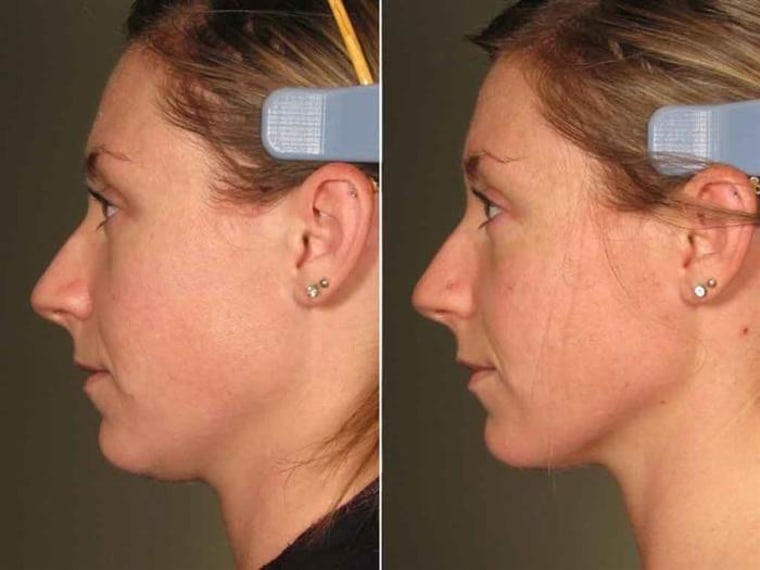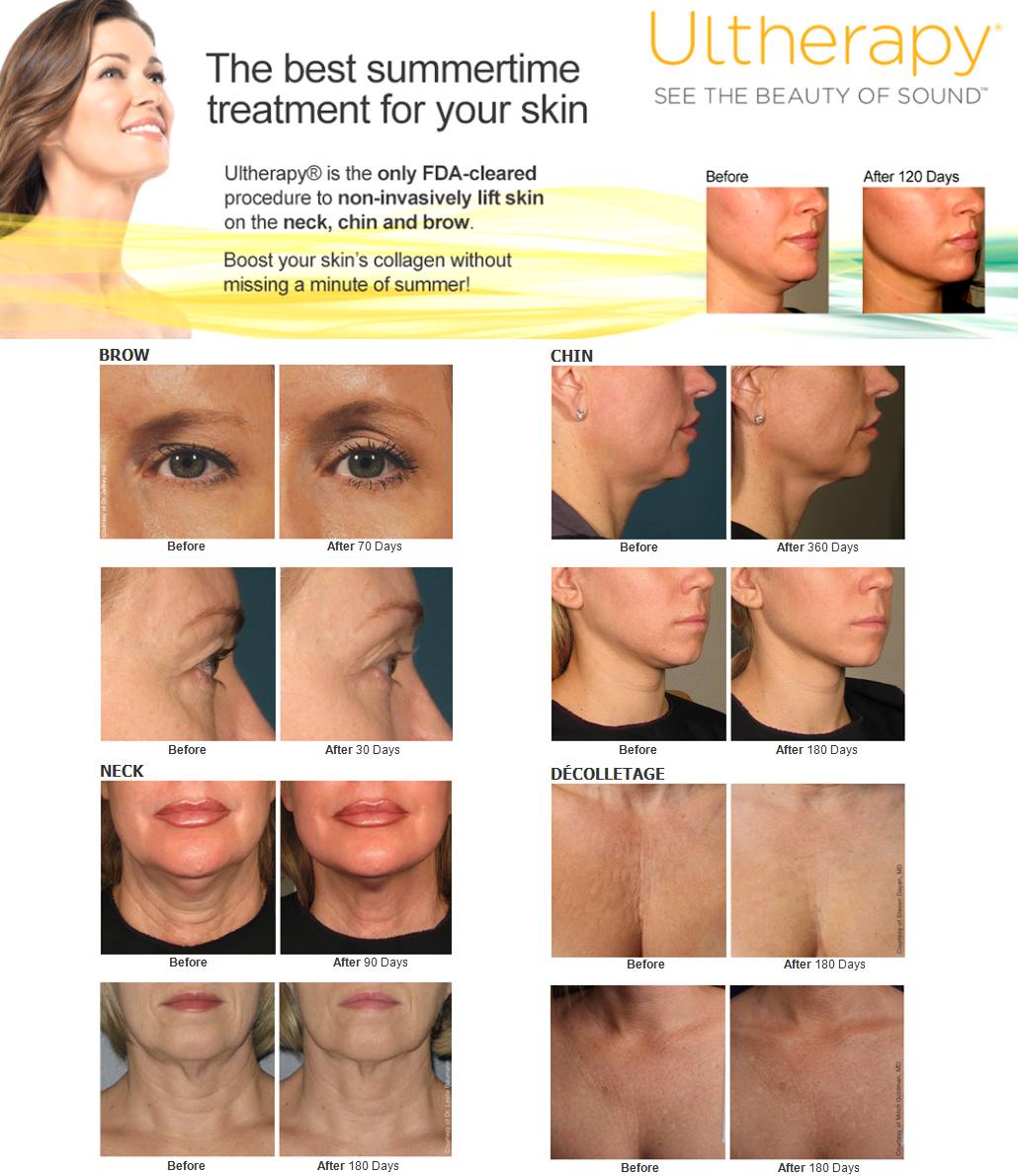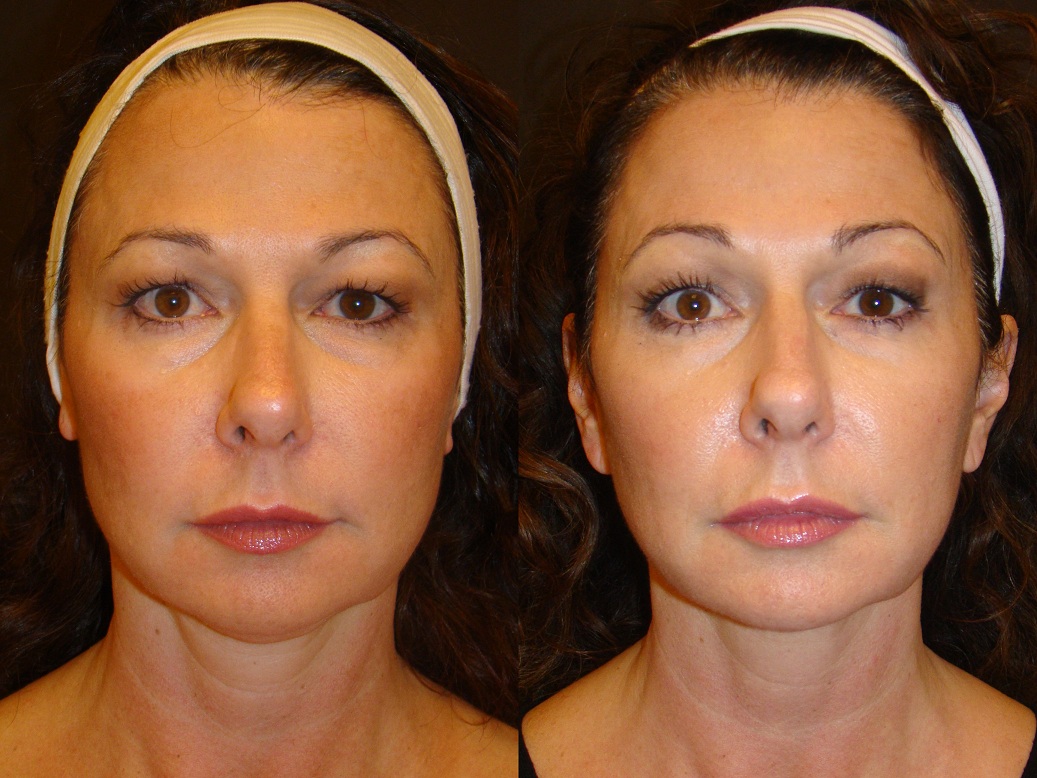Why Ultherapy Could Be Clinically Necessary: Discovering the Factors for a Non Surgical Lift
Ultherapy is getting interest as a viable option for people encountering skin laxity due to aging or specific medical conditions. This non-surgical therapy stimulates collagen manufacturing, supplying a solution that avoids the recuperation time related to invasive treatments. As people look for to improve not just their appearance however additionally their total skin health and wellness, comprehending the conditions that warrant Ultherapy's use ends up being necessary. What variables contribute to its clinical requirement?
Comprehending Ultherapy: What It Is and Exactly how It Functions
Ultherapy, a non-invasive cosmetic treatment, uses ultrasound technology to promote collagen production and promote skin tightening up. By providing focused ultrasound power deep right into the skin, it targets the fundamental layers usually addressed in surgical renovations. This procedure encourages the body's all-natural healing reaction, leading to progressive training and firm of the skin gradually.

Therapy sessions commonly last between 30 to 90 minutes, depending upon the size of the area being treated. While results may not be promptly visible, perfect impacts normally appear within two to 3 months as collagen remains to establish. Ultherapy offers a compelling non-surgical alternative for people looking for skin rejuvenation without the requirement for intrusive procedures.
The Aging Process: Results on Skin Flexibility and Collagen
Aging undoubtedly brings changes that lessen skin elasticity and collagen production, causing visible signs of drooping and creases. As individuals age, the skin's capability to retain wetness decreases, resulting in a drier and much less durable surface. Collagen, a crucial healthy protein accountable for skin framework, also diminishes, creating the skin to lose its firmness and vibrant appearance. Elements such as sun direct exposure, ecological contaminants, and way of life choices additionally accelerate this decline in skin top quality.
This loss of elasticity and collagen produces a cascade of modifications, consisting of the development of jowls, deepening nasolabial folds up, and a general sagging look. The skin's assistance system compromises, making it a lot more prone to the impacts of gravity. Subsequently, numerous individuals seek interventions like Ultherapy to deal with these aging impacts, intending to recover a much more vibrant, taut appearance without the demand for intrusive surgeries.
Medical Conditions That May Gain From Ultherapy
Ultherapy is progressively recognized for its potential advantages in resolving various clinical conditions. Individuals experiencing skin laxity, those in post-surgical recuperation, and patients with persistent skin problem may find this non-invasive treatment beneficial. By boosting collagen manufacturing, Ultherapy can improve skin firmness and boost overall look for these groups.
Skin Laxity Issues
Skin laxity can be a significant worry for people experiencing various medical problems that impact the honesty and elasticity of their skin. Problems such as Ehlers-Danlos disorder, which interferes with collagen manufacturing, can cause early skin aging and sagging. In addition, people with autoimmune problems may experience skin changes that add to laxity. Hormonal changes, particularly throughout menopause, likewise contribute in reducing skin suppleness. Ultherapy, making use of ultrasound modern technology, targets the deeper layers of skin, stimulating collagen production and tightening up the influenced locations. This non-invasive therapy might provide a sensible solution for those looking for to deal with skin laxity arising from these clinical problems, boosting both appearance and self-confidence without the requirement for medical treatment.
Post-Surgical Recuperation Aid
Post-surgical recuperation can often present challenges, especially for people experiencing skin laxity due to medical interventions. Ultherapy functions as a potential help in this situation, using ultrasound modern technology to boost collagen manufacturing and improve skin rigidity without invasive treatments. Clients that have actually gone through surgical treatments such as facelifts, liposuction, or other body contouring procedures may discover that Ultherapy improves their healing by dealing with irregular texture and laxity that can take place post-operation. This non-surgical technique can lead to enhanced aesthetic outcomes, potentially decreasing the need for extra surgical treatments. It may aid relieve discomfort linked with the recovery process, offering people a more all-encompassing healing experience. Ultherapy can be a valuable choice in post-surgical care.
Chronic Skin Conditions
For people dealing with chronic skin problem such as acne scars, rosacea, or laxity as a result of aging, non-invasive treatments may use considerable alleviation and renovation. Ultherapy has emerged as an encouraging choice, utilizing ultrasound innovation to boost collagen manufacturing deep within the skin. This process can enhance skin appearance and elasticity, attending to problems like unequal skin tone and drooping. In particular, those with rosacea might experience lowered soreness and inflammation, while individuals with acne marks can profit from enhanced skin level of smoothness and general appearance. Notably, Ultherapy gives a non-surgical option that decreases healing time and risks connected with intrusive treatments, making it an attractive choice for people looking for effective administration of chronic skin disease.
Emotional Influence of Drooping Skin and Visual Worries
The emotional toll of aging typically materializes in the kind of drooping skin, which can substantially impact a person's self-esteem and total emotional well-being. Many individuals associate youthful looks with energy and good looks, causing feelings of inadequacy when confronted with visible indicators of aging. This regarded decrease in charm can lead to social stress and anxiety, withdrawal from social interactions, and an increased obsession with one's look.
People may feel urged to seek visual therapies to deal with these issues, as the need to maintain a younger appearance can become linked with individual identification. The mental effects of drooping skin might additionally lead to anxiety or a reduced lifestyle. Subsequently, non-surgical options like Ultherapy emerge as prospective options, intending not just to renew the skin yet additionally to bring back self-confidence and a favorable self-image, ultimately resolving the deeper emotional ramifications of aging.
Comparing Ultherapy to Conventional Surgical Options
When contrasting Ultherapy to typical surgical options, substantial differences emerge in both cost-effectiveness and healing time. Ultherapy deals a non-invasive method that commonly causes reduced expenses and marginal downtime for individuals. On the other hand, medical lifts commonly call for even more economic investment and an extensive healing period.
Cost-Effectiveness of Ultherapy

Traditional medical lifts often come with significant upfront costs and expanded recuperation times, Ultherapy presents an engaging option that can provide similar outcomes at a fraction of the cost. The average cost of a surgical facelift can vary from $7,000 to $15,000, while Ultherapy therapies normally drop in between $2,000 and $4,500, relying on the area treated and company knowledge. Additionally, the absence of extensive pre-operative analyses and post-operative care connected with Ultherapy additionally adds to its cost-effectiveness. This method not only reduces financial pressure however likewise allows patients to purchase other facets of their wellness and health. This way, Ultherapy arises as a financially practical option for those seeking facial restoration without the concerns of conventional surgical procedure.
Healing Time Comparison
Recovery time is a substantial consider the decision-making procedure for those taking into consideration cosmetic procedures. Ultherapy sticks out as a non-surgical alternative that normally calls for minimal downtime. The majority of clients can go back to their day-to-day activities almost promptly, experiencing only light inflammation or swelling that normally solves within a couple of hours. On the other hand, conventional medical options, such as facelifts, commonly require a prolonged recovery period. Patients might encounter several weeks of swelling, wounding, and limited activity, with some returning to regular regimens using up to three months. This plain distinction in healing time makes Ultherapy an enticing option for people looking for efficient outcomes without the substantial aftercare related to surgical procedure, permitting a Density RF Malaysia smoother adjustment back to daily life.
The Long-Term Conveniences of Non-Invasive Treatments for Skin Health
As people progressively seek choices to operations, the lasting advantages of non-invasive treatments for skin health end up being much more evident. Treatments such as Ultherapy, chemical peels, and laser therapy deal substantial advantages without the need for considerable recovery times related to surgery. Ultherapy Malaysia. Over time, these non-invasive choices can promote collagen manufacturing, resulting in firmer skin and a more younger look
Furthermore, normal non-invasive treatments can boost skin texture, tone, and elasticity, improving overall skin wellness. Individuals typically experience less problems and side results, making these treatments much more enticing.
The cumulative impacts of consistent treatments can sustain and prolong visual improvements, allowing people to preserve their preferred appearance with marginal downtime. By prioritizing non-invasive approaches, individuals can achieve long-term outcomes while prioritizing their health and wellness and wellness. Inevitably, the lasting advantages of such techniques emphasize their growing popularity in modern skincare.
Regularly Asked Questions

For how long Does an Ultherapy Session Normally Take?
An Ultherapy session typically lasts in between 30 to 90 minutes, depending upon the therapy location. Aspects such as the individual's details demands and the degree of the procedure can influence the general period.

Exist Any Type Of Adverse Effects Connected With Ultherapy?
Ultherapy can bring about side effects such as momentary inflammation, swelling, or inflammation in the cured location - Density RF Malaysia. While most people experience very little pain, it is important to speak with a professional for individualized recommendations and prospective responses
How Soon Can I See Results After Therapy?
Arise from Ultherapy usually begin to show up within 2 to 3 months post-treatment. The complete effects might proceed to develop over 6 months as collagen production rises, bring about visible training and tightening of the skin.
Is Ultherapy Suitable for All Skin Types?
Ultherapy is normally suitable for various skin types, including lighter and darker tones. Nevertheless, specific skin disease and issues might affect its efficiency, making appointments with a qualified specialist important for tailored recommendations.
How Often Should Ultherapy Treatments Be Duplicated?
Ultherapy treatments are usually recommended every 6 to one year, relying on private skin problem and desired results. Regular analyses by a certified specialist can aid figure out the best regularity for upkeep and efficiency.